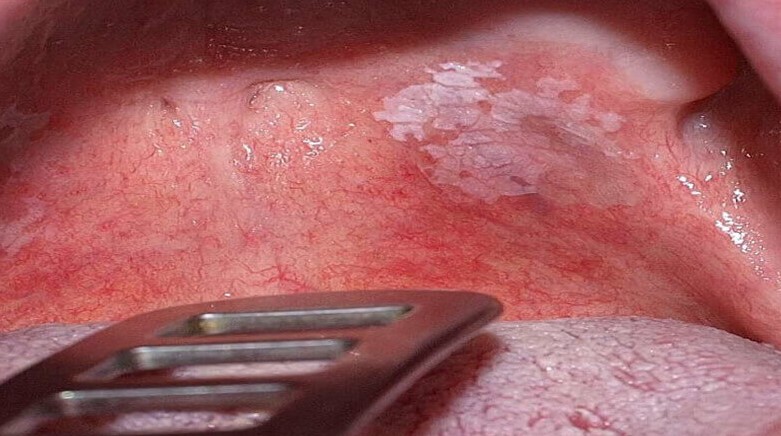The presence of white dots at the back of the throat can be a cause for concern, as they might indicate various underlying conditions. These small white spots can range from harmless to potentially more serious issues, often warranting further examination and, in some cases, medical attention.

The human body is a complex system that often sends signals when something is amiss. One such signal that can cause concern is the appearance of white dots on the back of the throat. These white dots, often accompanied by discomfort or pain, can be indicative of various conditions. In this article, we will delve into the possible causes behind these white dots and explore the conditions they may signify.
1. Tonsil Stones: The Culprit Behind White Dots
Tonsil stones, also known as tonsilloliths, are a common occurrence that can lead to the formation of white or yellowish dots on the back of the throat. Tonsil stones are formed when debris, such as food particles, mucus, and bacteria, become trapped in the crevices of the tonsils and calcify over time. These calcifications can appear as small, white dots or lumps and are often accompanied by bad breath and discomfort.
2. Strep Throat: A Bacterial Infection
Strep throat is a bacterial infection caused by Streptococcus bacteria, which can lead to the development of white spots on the back of the throat. Alongside the white dots, individuals with strep throat may experience sore throat, difficulty swallowing, and swollen lymph nodes. It is essential to seek medical attention if strep throat is suspected, as untreated cases can lead to complications such as rheumatic fever.
3. Oral Thrush: Candida Overgrowth
Oral thrush, also known as oral candidiasis, is a fungal infection caused by an overgrowth of the Candida yeast. This infection can result in the appearance of white patches or dots on the back of the throat, as well as on the tongue and inside the cheeks. Individuals with weakened immune systems, diabetes, or those taking antibiotics are more susceptible to oral thrush.
4. Mononucleosis: The “Mono” Infection
Infectious mononucleosis, commonly referred to as “mono,” is caused by the Epstein-Barr virus (EBV) and can lead to the development of white spots on the back of the throat. Along with the white dots, symptoms may include fatigue, fever, sore throat, and swollen lymph nodes. Mono is often spread through saliva, earning it the nickname “the kissing disease.”
5. Scarlet Fever: Group A Streptococcus Infection
Scarlet fever is a bacterial infection caused by Group A Streptococcus bacteria. It can result in a red rash, sore throat, and the appearance of white or yellowish dots on the back of the throat. The rash often feels like sandpaper and is accompanied by fever and swollen glands. Early diagnosis and treatment with antibiotics are crucial to prevent complications associated with scarlet fever.
6. Gastroesophageal Reflux Disease (GERD): Acidic Impact
Gastroesophageal reflux disease (GERD) occurs when stomach acid flows back into the esophagus, causing irritation and discomfort. In some cases, the acid reflux can lead to the formation of white spots on the back of the throat due to the acidic nature of the stomach contents. Individuals with GERD may also experience heartburn, chest pain, and regurgitation.
7. Leukoplakia: Patches of Tissue Overgrowth
Leukoplakia refers to the formation of white patches or dots on the mucous membranes, including the throat. It is often caused by irritation or chronic friction, such as smoking or alcohol consumption. While leukoplakia itself is not cancerous, it can sometimes be a precursor to oral cancer, making it essential to have any unusual patches or dots examined by a medical professional.
8. Inflammation and Irritation: Non-Specific Causes
White dots on the back of the throat can also be the result of general inflammation and irritation. This can occur due to various factors, such as allergies, irritants, or even excessive shouting. Inflammation can lead to the enlargement of the tonsils and the appearance of white spots as a response to the irritation.
In Conclusion
The presence of white dots on the back of the throat can be a cause for concern, but they are often indicative of specific conditions that range from bacterial and viral infections to fungal overgrowth. It is crucial not to self-diagnose and to consult a medical professional for an accurate diagnosis and appropriate treatment. Identifying the underlying cause of the white dots is vital for effective management and prevention of potential complications. Early intervention and proper medical guidance can help alleviate discomfort and ensure overall well-being.